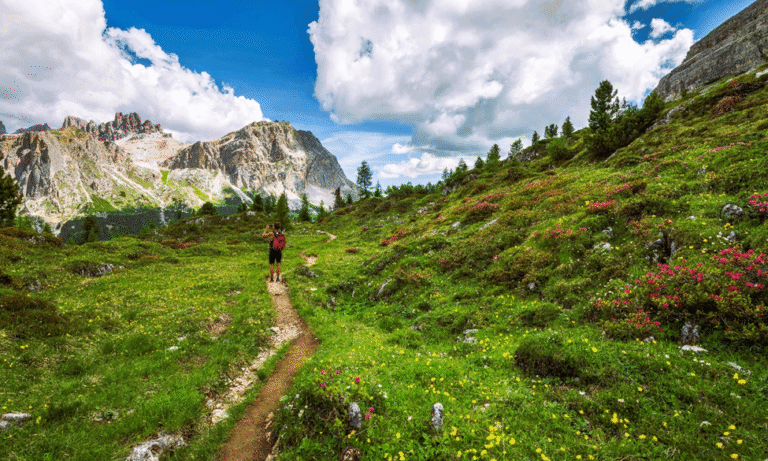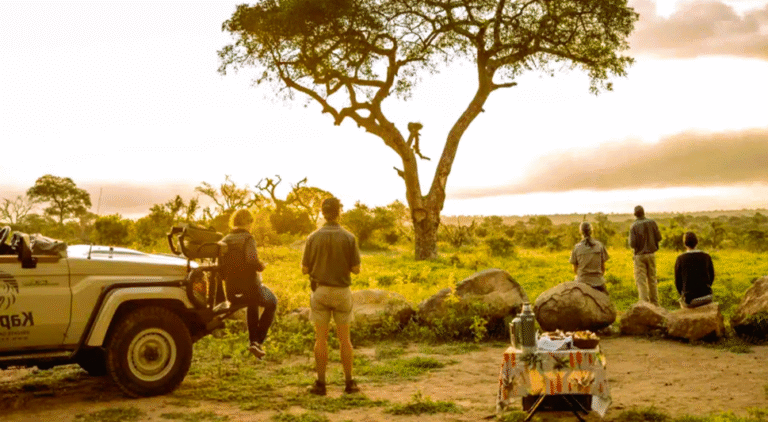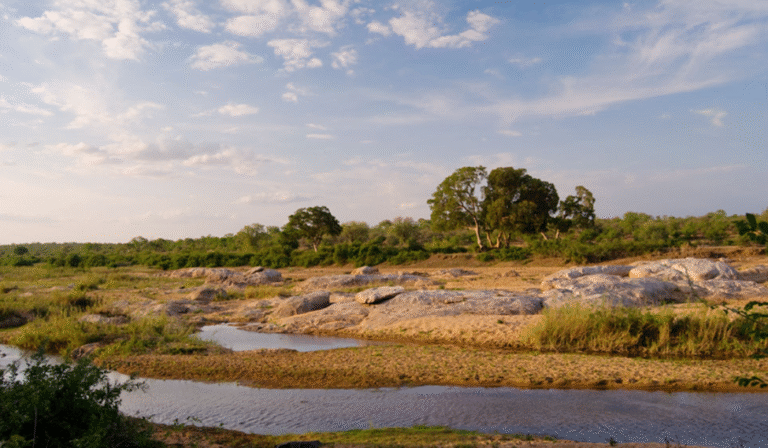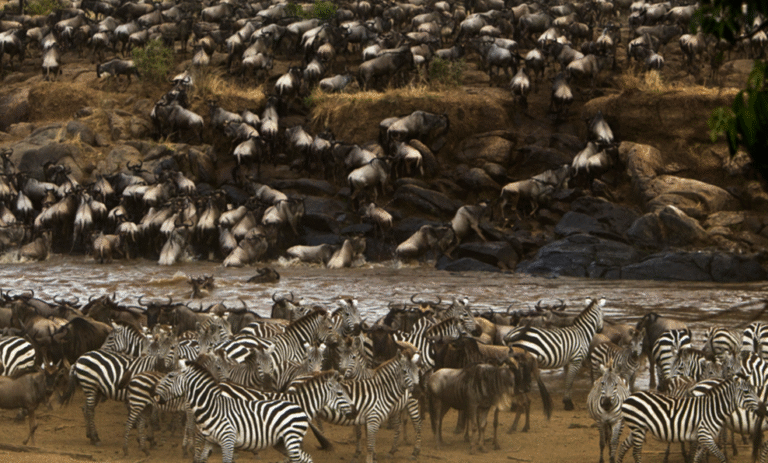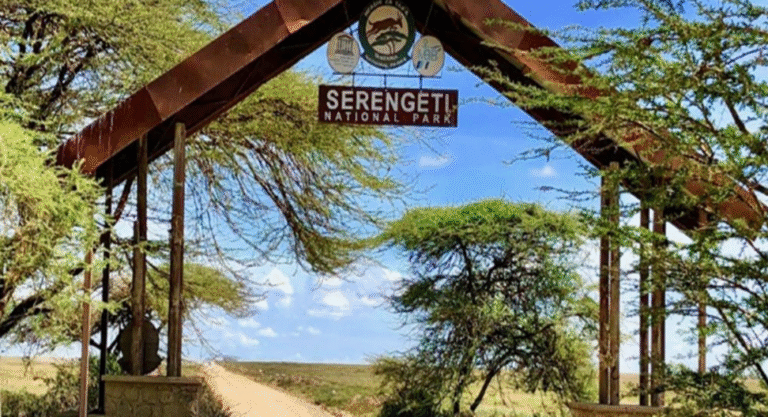
Bear encounter while hiking can be terrifying. However, staying calm and knowing what to do can help. Here’s a clear, step-by-step guide on how to respond if you come face-to-face with a bear.
Stay Calm
It’s usual to be panic when bear encounter while hiking, but to be calm is important. Bears pick up on sudden, frantic movements. Remain calm and self-possessed can avoid the situation from intensifying. Take a few deep breaths. This will help you think clearly while hiking in bear country.
Identify the Bear Species
In North America, you may encounter three types of bears: black bears, brown bears (commonly known as grizzlies), and polar bears. Specifically, each bear responds differently throughout an encounter. Therefore, identifying the type of bear might help you select the best response.
- Black bears are smaller and often seen in wooded areas popular with hikers.
- Brown bears are larger and have a distinctive shoulder hump.
- Polar bears are white and endemic to the Arctic. They are extremely uncommon in most locations.
Knowing the type allows you to determine the best approach when hiking through remote areas.
Avoid Eye Contact
Direct eye contact with a bear can seem like a challenge. Bears may interpret this as aggressive behavior. Instead, keep your head slightly down, looking at the bear out of the corner of your eye. This expression’s mean no harm and you can continue your hiking journey.
Talk to the Bear Calmly
Talking can help. A peaceful and steady attitude calms the bear. Avoid screaming, shouting, or creating high-pitched sounds. Say words like “I’m leaving now” in a quiet, steady tone. This can assist the bear in recognizing that you are not a threat, especially during your hiking adventures.
Do Not Run
Running triggers a bear’s instinct to chase. Bears can run faster than any human. Instead, stand straight and gradually back off if the bear is at a distance. Move in a quiet, skillful way, keeping your eyes on the bear. This is critical for safe hiking in bear-populated areas.
Make Yourself Appear Larger
If the bear is curious, try to appear bigger. Specifically, raise your arms slowly, or open your jacket. Consequently, standing high appears more threatening. However, remember to only do this if the bear isn’t aggressive.
Have Bear Spray Ready
Bear spray is your best defense when facing a bear encounter while hiking. Keep it in an easily accessible spot, like a side pocket or belt case. Practice using bear spray before you head into bear territory. Aim slightly above the bear’s head. The minute bear is within 25-35 feet, spray a steady stream. The spray will create a cloud that deters the bear. This should only be used if the bear is attacking. Always carry bear spray while hiking in areas known for bear activity.
Slowly Back Away
Most bear encounters end without physical contact. If the bear is not attacking you, slowly back off. However, don’t turn your back. Instead, maintain eye contact carefully. Additionally, continue speaking in a calm voice.
Assess the Bear’s Behavior
Observe the bear’s body language. This allows you to determine the bear’s intentions.
- Bears standing on their hind legs typically seek a better view.
- When a bear snorts, huffs, or swats at the ground, it may indicate interest rather than aggressiveness. These are indications that it feels threatened.
Allow the bear space and avoid making unexpected movements while hiking through its domain.
Know What to Do in a Charge
Here, understand what is “bluff charge”? Sometimes, bear charge to test your reaction so, it will run towards you, then stop suddenly. No need to be panic, hold your ground and stand straight and remain calm. Running or reacting suddenly can provoke an actual attack.
Defend Yourself if Attacked
If a bear attacks and defense is necessary, your response must be according to the type of bear:
- For a Black Bear: Fight back. Use anything available, like rocks or sticks. Your aim should be bear’s face, nose, and eyes.
- For a Brown/Grizzly Bear: Play dead. Lay on your stomach with your hands over your neck. Spread your legs to make it harder for the bear to flip you over. Lie still and wait for the bear to leave. If the attack becomes prolonged, you may need to fight back.
- For a Polar Bear: Fight back as much as you can to save your life. Use any stuffs to save yourself. Because polar bears are more likely to see humans as prey.
After the Encounter
After the bear has left, remain still for a moment. Make sure it’s gone before you get up. Do not run; instead, move gradually and quietly. If feasible, alert neighboring persons to avoid future confrontations.
Prevent Future Encounters
If you’re in bear country, be proactive:
- If you’re taking a forest path for hiking, you should travel in a group as bears avoid a large number of people.
- Make noise to warn bears of your presence.
- Keep food stored in bear-proof containers.
- Avoid bringing strong-smelling items like lotions or scented foods. These scents can attract bears.
- Always carry bear spray and know how to use it when facing bear encounter while hiking trips.
A bear encounter while hiking, might be dangerous, but being prepared makes a difference. Stay cool, avoid running, and pay close attention to the bear’s activities. If necessary, use bear spray and use caution when trekking in regions known for bear activity.
FAQ’s
- What should I do if I see a bear?
- How can I tell what kind of bear I’m dealing with?
- Is it safe to make noise if I encounter a bear?
- What if a bear charges me?
- How can I prevent bear encounter while hiking?

